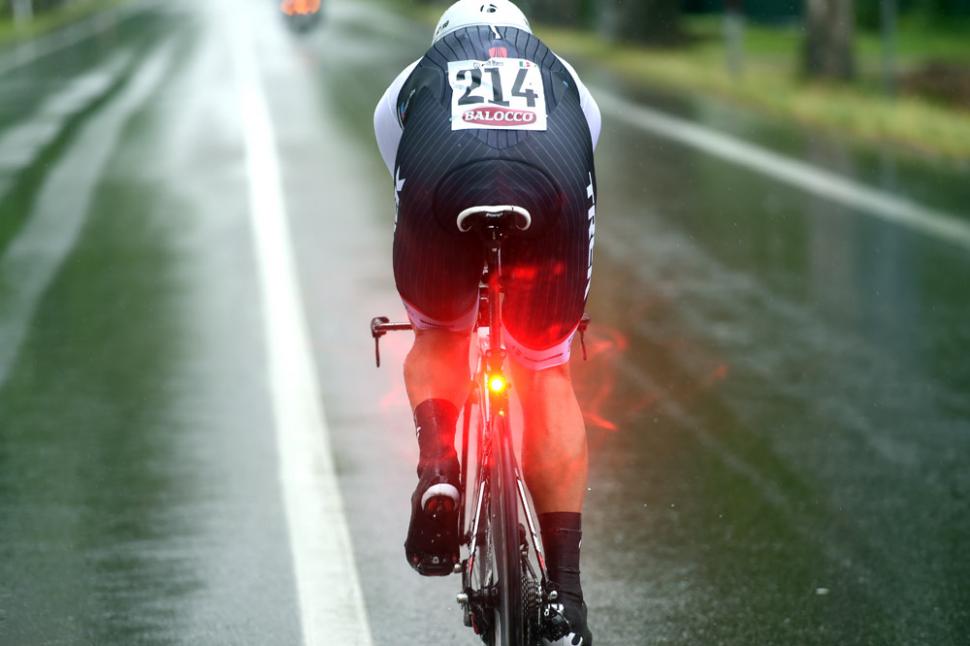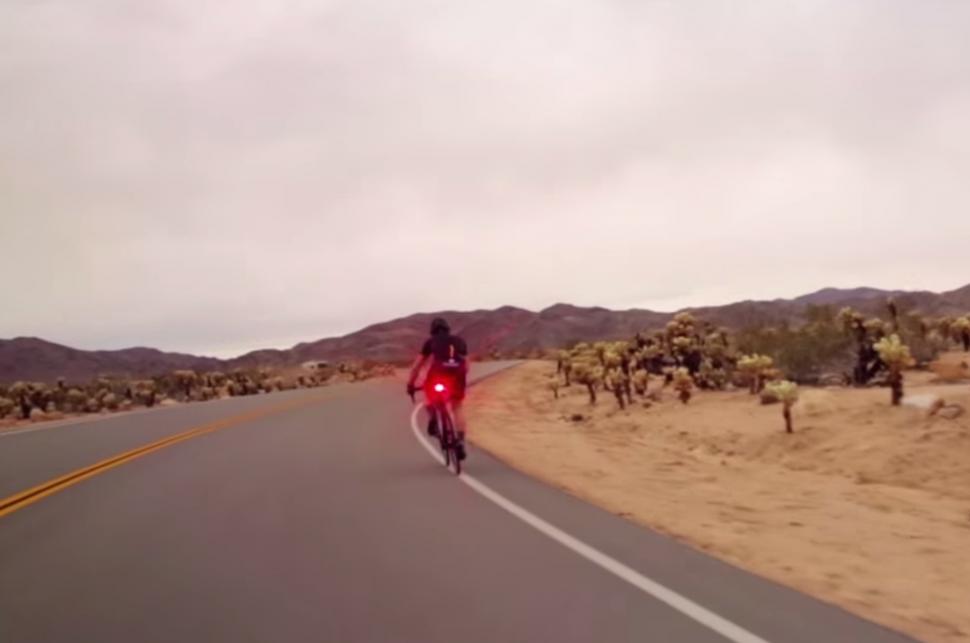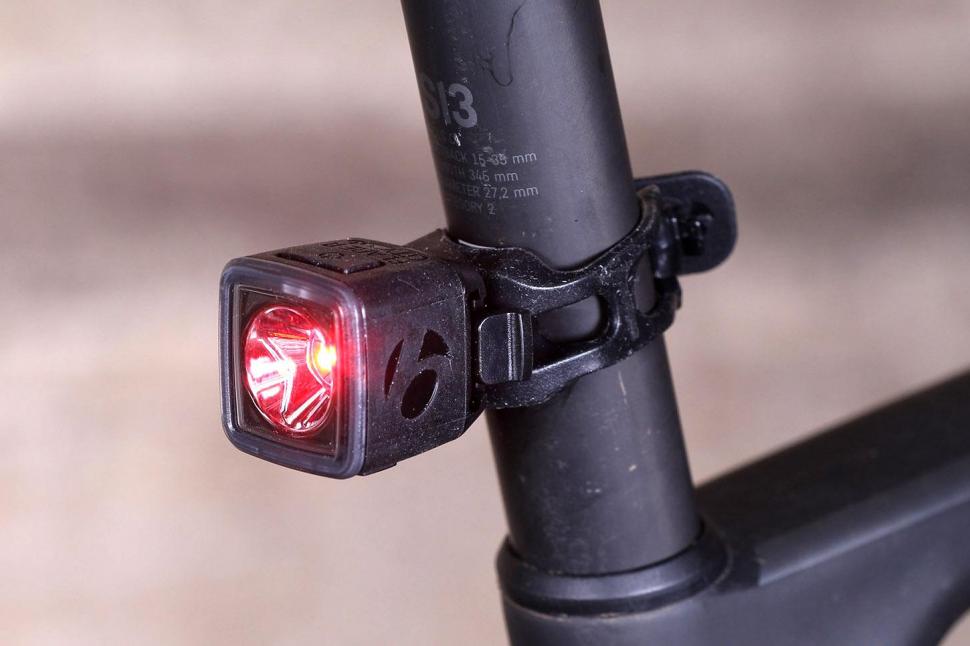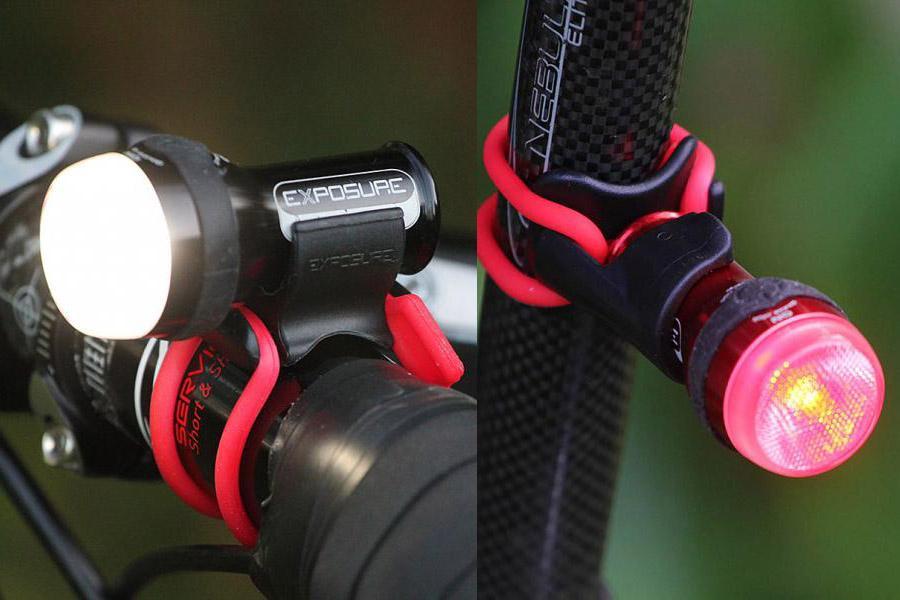- News
- Reviews
- Bikes
- Accessories
- Accessories - misc
- Computer mounts
- Bags
- Bar ends
- Bike bags & cases
- Bottle cages
- Bottles
- Cameras
- Car racks
- Child seats
- Computers
- Glasses
- GPS units
- Helmets
- Lights - front
- Lights - rear
- Lights - sets
- Locks
- Mirrors
- Mudguards
- Racks
- Pumps & CO2 inflators
- Puncture kits
- Reflectives
- Smart watches
- Stands and racks
- Trailers
- Clothing
- Components
- Bar tape & grips
- Bottom brackets
- Brake & gear cables
- Brake & STI levers
- Brake pads & spares
- Brakes
- Cassettes & freewheels
- Chains
- Chainsets & chainrings
- Derailleurs - front
- Derailleurs - rear
- Forks
- Gear levers & shifters
- Groupsets
- Handlebars & extensions
- Headsets
- Hubs
- Inner tubes
- Pedals
- Quick releases & skewers
- Saddles
- Seatposts
- Stems
- Wheels
- Tyres
- Health, fitness and nutrition
- Tools and workshop
- Miscellaneous
- Buyers Guides
- Features
- Forum
- Recommends
- Podcast
feature
 Bontrager Flare Trek Factory Racing
Bontrager Flare Trek Factory RacingAre daytime bike lights a safety essential? Should you get daytime lights?
This article was originally published in August 2015
Should we ride with a rear light on during the daytime? Or perhaps we should go further and ride with both front and rear lights on even when the sun is shining?
We had a forum topic about this issue on road.cc a couple of years ago and what you might call a heated debate when Bontrager announced its Flare R rear light, designed specifically for daytime visibility, earlier in the year.
The reason we’re thinking about it again is that we went to visit Trek last week and the brand is really keen to promote the use of rear lights during the day. It even had the members of Trek Factory Racing ride the prologue of this year’s Tour de France on time trial bikes fitted with the Flare R “to promote awareness of the most important cycling accessory available today”.
Of course, your cynical side thinks that Trek wants to encourage the use of lights in the daytime because Bontrager, it’s sub-brand, produces that Flare R rear light. It’s simply a way of boosting sales.
Trek acknowledges that, of course, it has an interest in selling lights, but says that the key motivation for launching the Flare R was to keep cyclists safe.
“About two years ago, I was in San Diego, and I’m driving along during the day, and I see a biker, a road cyclist, and he’s got a blinking light on the back of his bike, and I thought, ‘That is a great idea,’” says Trek President John Burke. “The only problem is you could barely see his light.
“When I got back to Trek, I put together a team of engineers, and I said, ‘Listen, what I’d really like to see is a light on the back of a bike that can be seen during the day.’ If we could do that, I think it would significantly enhance the safety of cyclists everywhere.”
The result is the Flare R. Here’s John Burke’s short video presentation on the light.
Trek argues that using a light during the day makes sense because that’s when about 80% of cycling accidents occur.
Well, yeah, says your cynical side, but what percentage of cycling takes place during the day? Maybe that figure simply reflects the number of people on bikes during the daytime compared to the number who ride at night.
Trek also argues that, “Studies on accidents resulting in the fatality of a cyclist show that in 40% of all bicycle vs. car accidents, the victim was struck from behind.”
That statistic is from the US. Put a light on the back of your bike, the argument goes, and you’re less likely to be one of them.
“We think products like the Flare R allow a rider to have more control over their safety, putting us in both offensive and defensive positions on the road,” said Trek’s Chris Garrison. “We want to get people talking about increasing their visibility not just at night, but also during the day.”
Chris cites a recent AA-Populous poll as evidence that more cyclist visibility is required. In that poll 91% of drivers said that it’s sometimes hard to see cyclists while driving.
John Sullivan, an RAF pilot and keen cyclist, advised in his paper A Fighter Pilot’s Guide to Surviving on the Roads, “Aviation research shows that contrast is the single most important factor in determining the likelihood of acquiring an object visually – this is why military aircraft camouflage is designed to tone down their contrast.
"On the ground, dark coloured vehicles or clothing will result in reduced contrast against most usual backgrounds, and this is why high visibility clothing (for pedestrians, cyclists and motorcyclists) and/or bright lights are so important, in the daytime as well as at night.”
Back at Trek, John Burke says, “People should be able to see you all the time. And when they do, you’re going to have a better riding experience. Get a new Flare R, or buy something else. What I care about is making sure you have a really safe cycling season.”
Of course, Trek didn’t invent riding with a rear light on during daylight. Some people have always done it and USE, for example, has been advocating it for years. The British lights brand says that its Exposure Flash front light and Flare rear light (yes, the same name as the Bontrager light) are designed specifically for both daytime and nighttime use (you could argue that USE, like Trek, has a vested interest in promoting more bike light use).
Our man Dave says, “I’ve used the Flare R rear light a lot and I’d say it makes a noticeable difference to the passes you get. Drivers tend to give you more space.”
Of course, that’s anecdotal evidence. If anyone knows of any scientific research that has been carried out, we’d be interested in hearing about it.
So, why do so few of us use lights during the daytime? We guess that most people don’t think it’s necessary, although some oppose the idea in principle.
“When a vehicle has lights on it makes any in front or behind without harder to see,” said Simon E in that road.cc thread mentioned earlier. “Every vehicle that runs with sidelights/LEDs/DRLs [daytime running lights] in the daytime is furthering the idea that you have to have lights on to be seen, so all the sheeple do the same. Baaaa! This means drivers to look only for lights, not other vehicles or people.
“Lights are NOT needed in daylight, whether on bikes, motorbikes or cars.”
In a comment under our story announcing the launch of the Flare R, McVittees said, “Whilst it is perfectly reasonable to want to run as bright a rear light as possible either during the day to warn cars or at night when riding on unlit country roads, I hate being stuck behind someone who is running a high output rear light at night during my urban commute. I find it distracting and obscures my vision of the road (and thus traffic) ahead.”
andyp said, “[Bontrager are] pouring money into something which will make them more money, not into solving a problem.”
What do you reckon? Do Trek’s arguments convince you that you should use a rear light during the day? Let us know what you think.
Mat has been in cycling media since 1996, on titles including BikeRadar, Total Bike, Total Mountain Bike, What Mountain Bike and Mountain Biking UK, and he has been editor of 220 Triathlon and Cycling Plus. Mat has been road.cc technical editor for over a decade, testing bikes, fettling the latest kit, and trying out the most up-to-the-minute clothing. He has won his category in Ironman UK 70.3 and finished on the podium in both marathons he has run. Mat is a Cambridge graduate who did a post-grad in magazine journalism, and he is a winner of the Cycling Media Award for Specialist Online Writer. Now over 50, he's riding road and gravel bikes most days for fun and fitness rather than training for competitions.
Latest Comments
- Terry Hutt 11 min 55 sec ago
I'm not sure I want my butt smelling of coconut. But the guy drafting me might want it.
- wtjs 12 min 40 sec ago
I wondered how wtjs would advise cyclists to vote...
- giff77 19 min 29 sec ago
A friend of mine who immigrated here from a commonwealth country also happened to drive for the military. When sitting his hazard test he was...
- Hirsute 24 min 53 sec ago
"Corten steel. Lovely rusty sharp edges to scratch your lovely bike."...
- Hirsute 37 min 8 sec ago
I was surprised not to find it. I have seen her on twitter and she has banged on about Park Lane.
- MichaelWinnerRIP 1 hour 5 min ago
I'm not sure Sussex Police is correct. This subject was covered recently by the Black Belt Barrister on YouTube and he was clear that, in a public...
- brooksby 1 hour 16 min ago
Except that the Tories want to defund it because they think it is biased AGAINST them.
- brooksby 1 hour 18 min ago
So even the market for bikes which don't can't ever leave the house is tanking?
- momove 1 hour 27 min ago
As a public body, they are....
- mitsky 1 hour 38 min ago
Intersting article in The Spectator advocating drivers who have a dashcam to "snitch" on littering/flytipping by other drivers....



Add new comment
212 comments
Most collisions occur as drivers don't look, either long enough or at all.
This is bullshit from a company that makes and sells lights and wants to sell more.
Where is the evidence that daytime lights save cyclists lives?
And there we have the answer, in Post No. 1, waaay back when this article was first published.
Everything else is just noise, IMO.
Pages